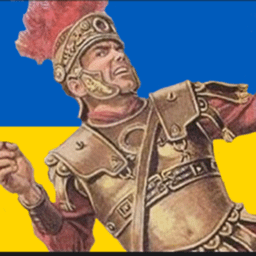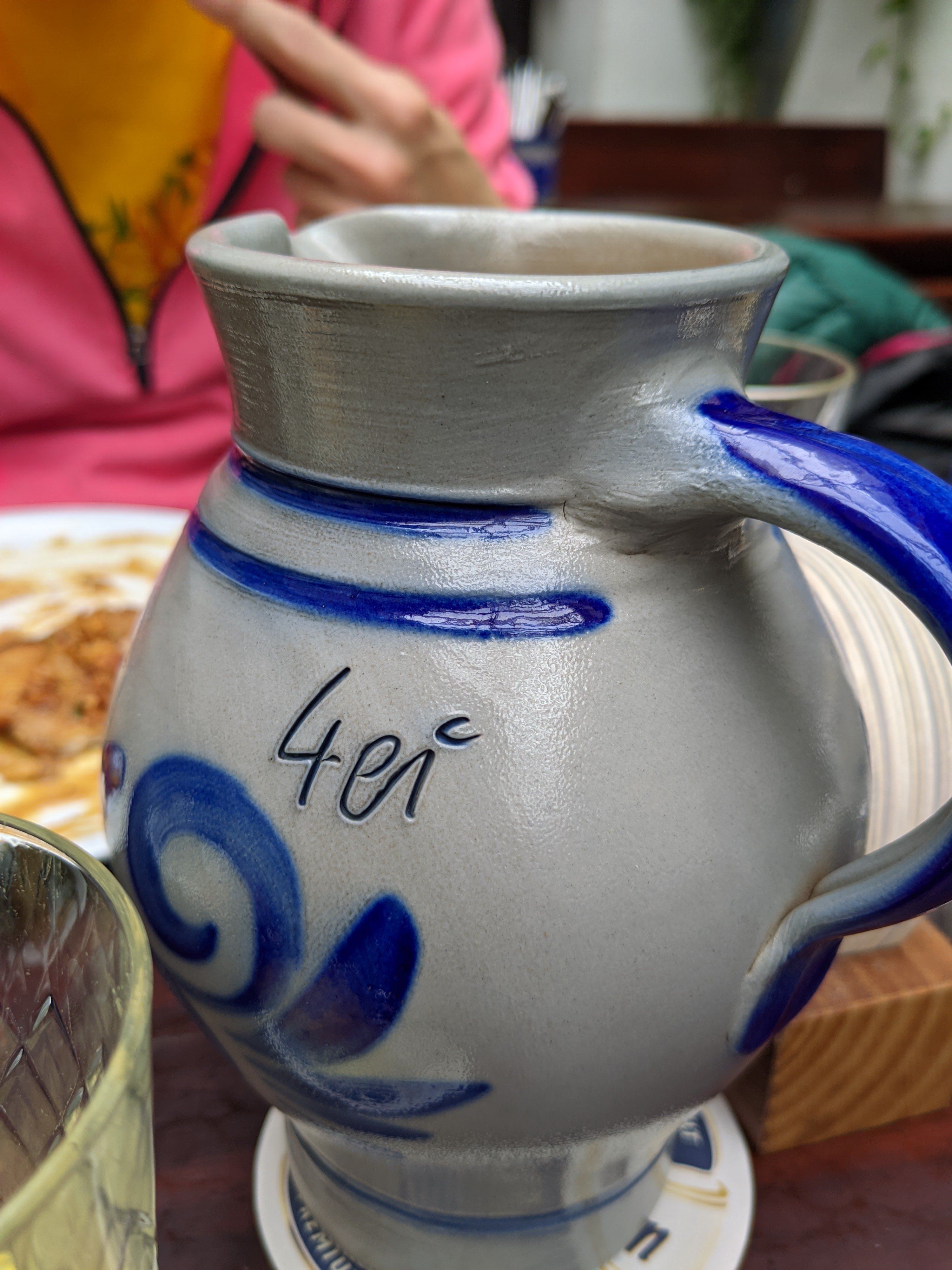Kyo means Capital
The to in Kyoto means City
The To in Tokyo means Eastern.
Kyoto was the original capital of the Emperor. Tokyo was originally called Edo, and when the country unified Edo grew in size and prominence. It was renamed Tokyo and the capital was moved there. Eastern Capital.
Also, Tokyo has two long "o"s (sometimes transliterated more correctly as Tōkyō), while Kyoto (more precise transliteration; Kyōto) only has one. They are not actually anagrams of each other.
Or, more natively put, きょうと is not an anagram of とうきょう, missing out on a う. And 都 isn’t 東.
Duolingo defs left that bit out
Hopefully it helps in your studies. ✌️ 京 is present in both names, means capital.
京都 (Kyoto) Capital city
東京 (Tokyo) East Capital
To add to the confusion though, Tokyo City is also written as 東京都, for example in addresses
Haha Tokyo & Kyoto are the first kanji you learn on duo.
Really? The first Kanji lessons in my Duolingo are 1 2 3. The second is a few simple Kanji for names.
Tokyo and Kyoto don’t show up til the third for me.
They’ve updated the course a lot since I did my first lesson when they released.
They’re memorable for me because I turn off the english pronunciation… so To + Kyo & Kyo + To were the first kanji that I actually learned to read without inferring contextually.
I have tried Doulingo for Japanese for a short time, after already knowing a bit of beginner’s Japanese. I cannot speak for all languages offered by Doulingo, but if you are trying to learn Japanese, stay away from Doulingo. Its lessons sometimes teach you things that are objectively wrong.
I’ve been on/off the course since they first released it. It’s changed A LOT fyi.
Seems to me that’s a general pitfall of learning a language academically vs immersive. You inevitably are learning a textbook version that’s outdated colloquially.
I use duo to learn how to read the subtitles on the Japanese media I watch. For that goal duo has been amazing because you can turn off the English pronunciations.
All I care about is not being illiterate if I ever get to visit.
There’s a swingin’ town I know called
Capitol City
People stop and scream hello in
Capitol City
It’s the kind of place that makes
A bum feel like a king
And it makes a king feel like some
Nutty, cuckoo, super kingWhat does edo mean?
Cove entrance, or rather the entrance to the bay.
Do all the cool sounding Japanese city names translate into relatively mundane phrases?
Welcome to gestures broadly language.
Yes, mostly it’s something with a river, mountain, island, or the fact that it’s flat there
Why have I read Osaka (IIRC) as the “real” capital, and is it true or anything, what does it even mean? Thank you!
Osaka was the capital at some point. The capital of Japan moved quite a few times a few decades at a time: Naniwa, Asuka, Sakurai (Nara), Osaka, Fujiwara-kyo, Heian-kyo… Heian-kyo was the capital the longest by a long shot, and was renamed Kyoto at some point early on - like the previous person said, literally capital city. Osaka was capital for a bit some time in the mid 600s, not long at all, but that’s also the period where Japan got real big and important.
Isn’t Naniwa also Osaka? Is there a difference?
Oh yeah. Name changes, multiple villages growing bigger and merging. Like Heian-kyo, the name Osaka came a while later, Naniwa was much smaller. Osaka / Naniwa / the Kawachi Bay weren’t nearly as big when the capital was there, though it did have control of most of the island up to above Tokyo.
The biggest kofuns (tomb mounds), with the one that’s larger than the biggest Giza pyramid, are there from the 380s-400s. It was all militaristic at that time, there might still have been a bunch of infighting between rising clans, there’s one theory that there was a dynasty change before 400 and another around 540 just during the period of those giant tombs… Not that we could ever tell the difference if those people who took power really were related or not. The official mythology says they were the same family because they’re all the grandsons and 6th or 7th generation descendants of this guy and that guy anyway so shut up (yes the guys who lived 100+ years shut up), the theory says that’s a big move though, and it’s weirdly convenient how that one guy died at 18 just like that.
But even so, the capital wasn’t officially in the Osaka region for most of that period… Mostly because the official timeline is clearly shifted with some reigns elongated or shortened and some others made up.
Basically the Nara region had the capital when Japan was coming up with its identity in the early Kofun period and started maybe thinking about unity and central power because fighting each other was tiring (also Korea sucks for sending refugees by the thousands with their wars), the Osaka region had the capital when it was conquering everyone on the island at the height of the Kofun period because fighting each other was cool actually when one guy beats everyone else (and did I say fuck Korea btw), then came back to the Nara region (also the Yamato region which is now part of Nara prefecture), then there’s a couple centuries when politician families start realizing that controling the king’s family and internal politics is much more lucrative actually when you just take all the land and all the taxes and do nothing for it, and then the Kyoto region held the capital when the imperial line was at its biggest and most influential. And then the warriors took power again and the capital was irrelevant and left alone in Kyoto.
Thank you 💖!
都 (“to”) already means capital city on its own.
So Kyoto is more like capital capital city.
To vs Tō






